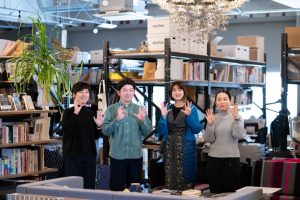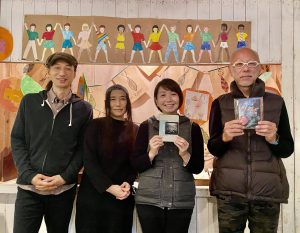In the Ochiai and Nakai areas of Shinjuku City, where the Kanda-gawa River and Myoshoji-gawa River meet, cloth dyers had set up over 300 small factories through the late 1950s and early 1960s, seeking the reliable flow of the rivers’ clear, clean water for washing their fabrics. Some no Komichi was launched in 2009 when cloth dyers joined forces with local shopkeepers and residents to keep the memories of this history alive. For this column, we report on the 11th Some no Komichi festival.
—Annual fabric dyeing festival (Ochiai/Nakai)
“Some no Komichi 2019”
Next Tokyo Discovery Squad!
No.004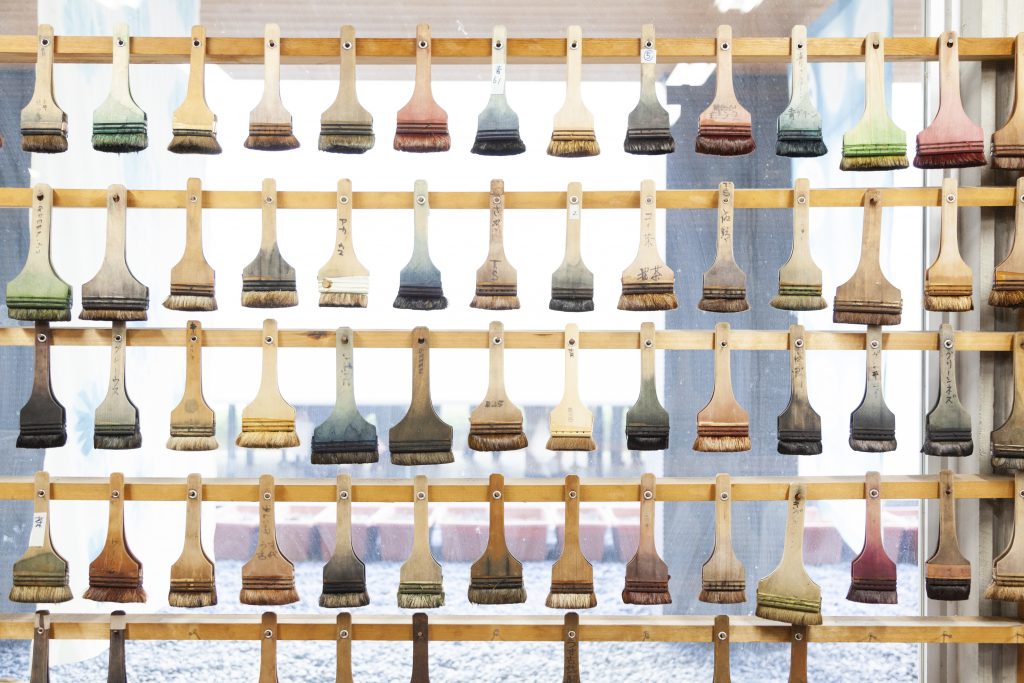
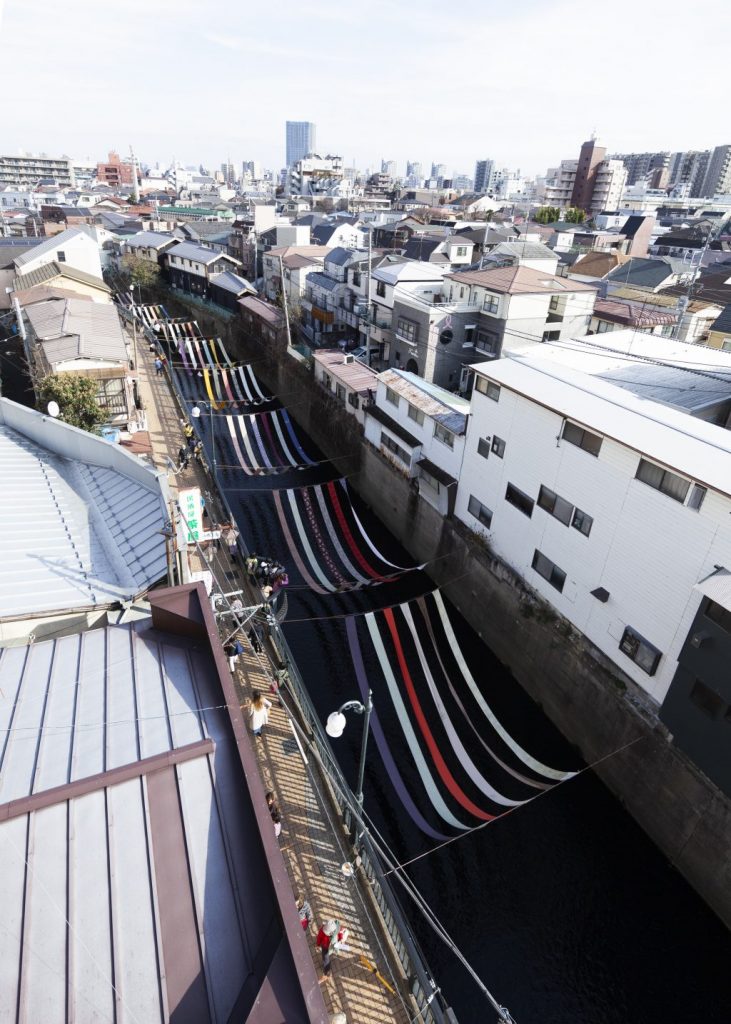
Stream of Tanmono and Fluttering Noren Brighten City Streets
The nearest stations to Some no Komichi are the Nakai Stations on the Seibu Shinjuku and Toei Oedo Lines. The River Gallery stretches along the Myoshoji-gawa River, which flows between these two stations. Tanmono, a measure of kimono cloth measure 36-40cm wide and 12-13 meters long, flutter above a 300-meter stretch of the river. In addition to those donated by cloth-dyers, some tanmono are dyed by residents at events held at community centers and public welfare facilities, as well as by children at local daycares and elementary schools. Visitors stood glued to the vibrant fabrics created by the local community.
Some no Komichi also brings together local residents, potential customers, and cloth-dyers from other areas through their dyed creations. The exhibition area nicknamed the Street Gallery runs north-south along the Myoshoji-gawa River. Here traditional Japanese noren entrance curtains created by dyers from around the world hang from shop eaves along a 10-minute walk from the stations. Participation in the exhibition is open to the public. The Street Gallery featured a total of 109 noren curtains varying not only in size and shape, but in dyeing technique. Yuzen-zome, katazome, and Okinawan bingata, as well as Southeast Asian batik, were on display. There were noren in traditional patterns, as well as patterns associated with coffee shops, bicycle shop, and other stores. Noren curtains in unique styles make a great impression and welcome visitors, fostering communication between the shopkeeper and the customer.
Dyeing Traditions Connect Community
Follow the Myoshoji-gawa River east to Some-no-Sato Futaba-en, a cloth-dyeing factory founded in 1920. We spoke with Yoko Takaichi who was involved from the beginning in developing the Street Gallery and also works on planning and managing the Futaba-en Gallery.
“At first, even local residents who didn’t know that Ochiai and Nakai areas was a dyeing town learned about cloth-dyeing at these fun events, and gradually they began to explain the area’s history to friends and family. Some no Komichi is also a great way to foster a love for the area that we live in.”
Going forward, Futaba-en plans to shift from a corporation to an incorporated association and focus to an even greater extent on revitalizing the town through its dyeing traditions.
Some no Komichi is a collaborative effort by cloth dyers, local shops, and local residents who take turns presenting events. We spoke about this with Tomoyuki Higuchi, Deputy Chair of the festival.
“Visitors come to see the variety of dyed fabrics, and the local children get experience in dyeing. I hope people will come away from Some no Komichi having learned the value of handcraftsmanship.”
In addition to the display of dyed works, Some no Komichi offers many different ways for everyone to get involved. A photo contest is sponsored by Mejiro University, and this year saw the first attempt at a “voluntourism” program, which allows visitors from overseas to volunteer for a day.
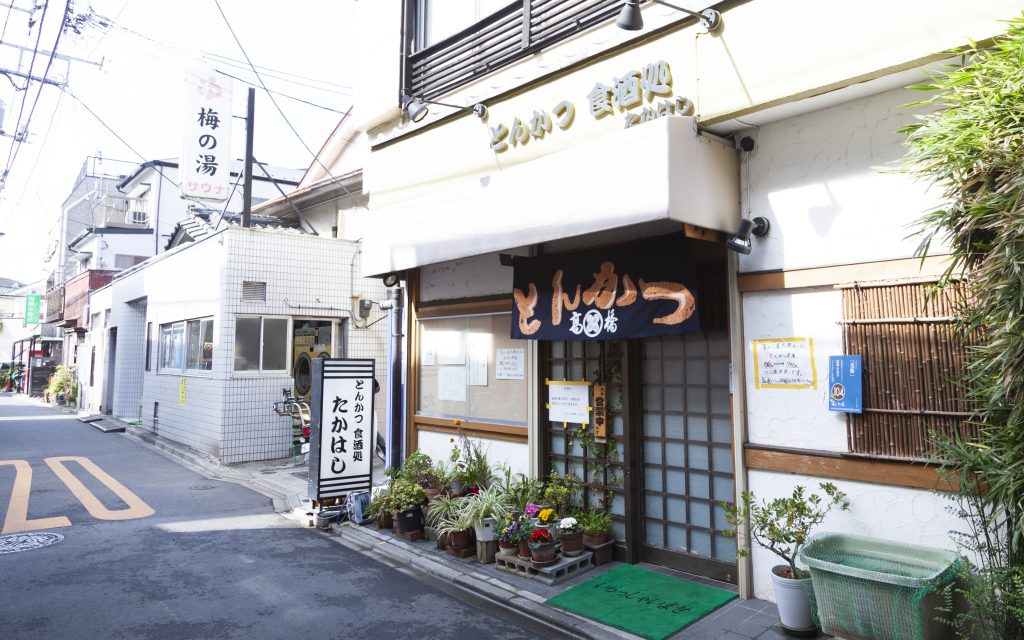
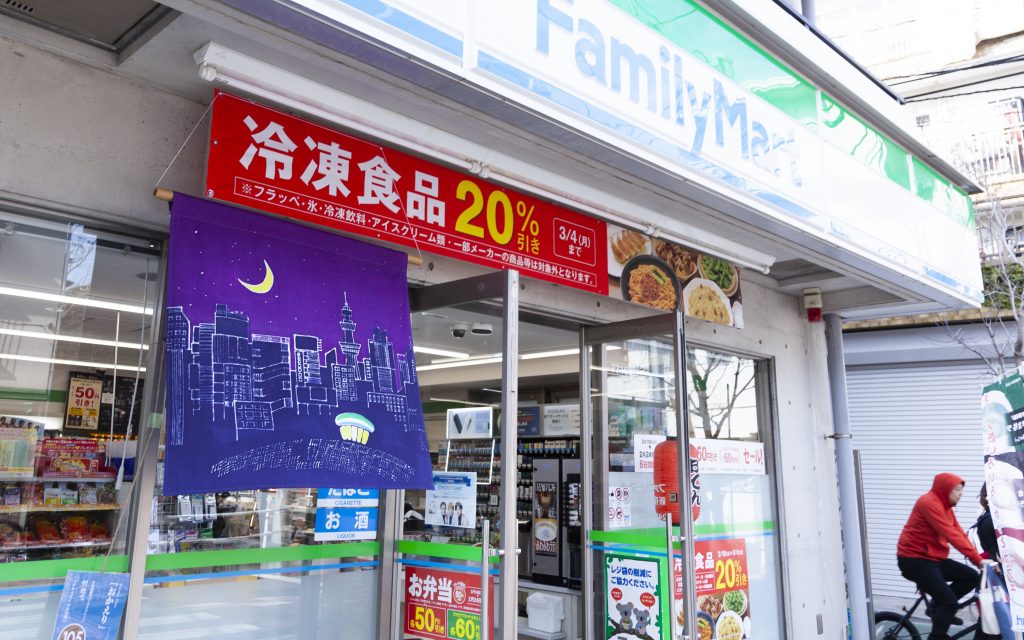
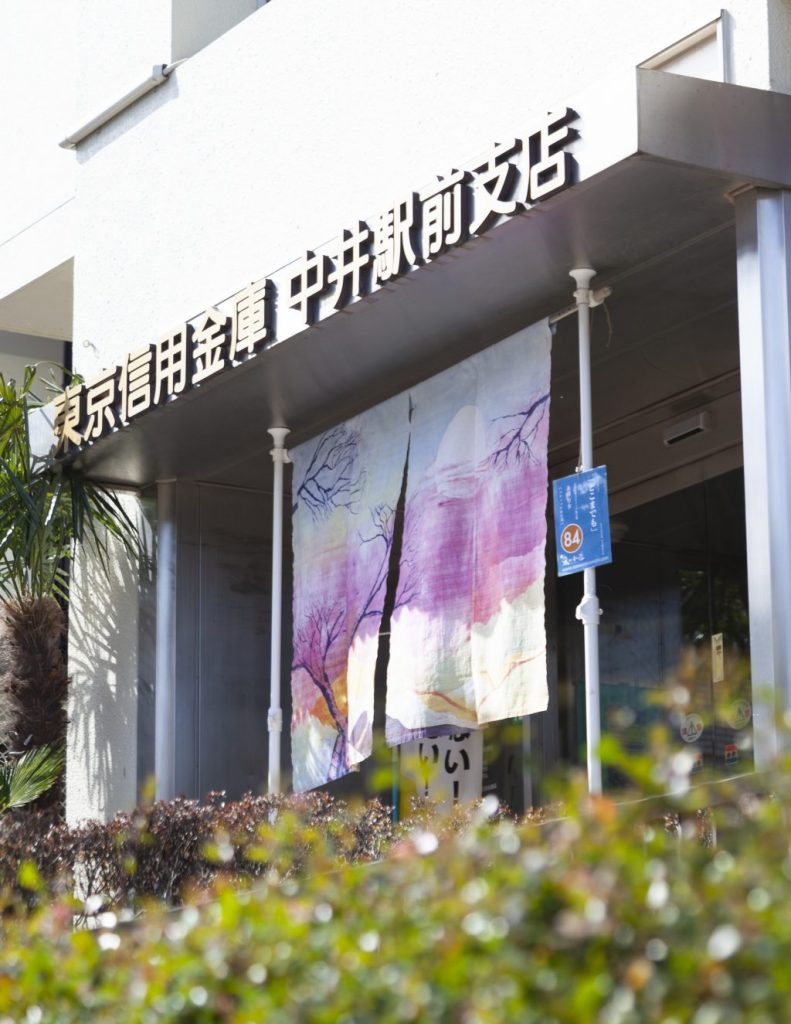
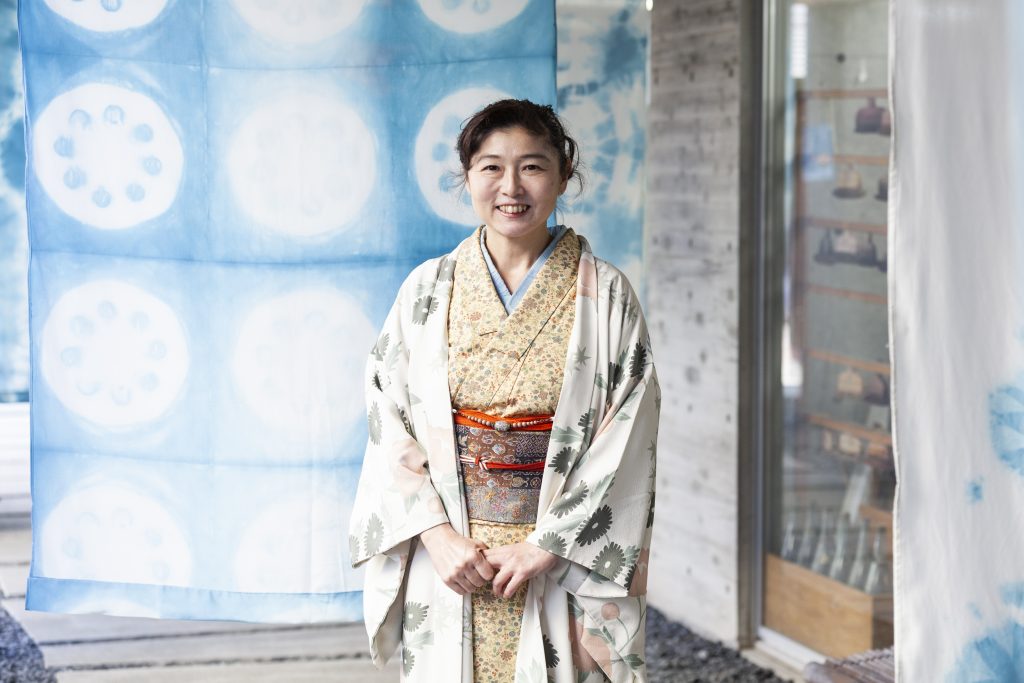
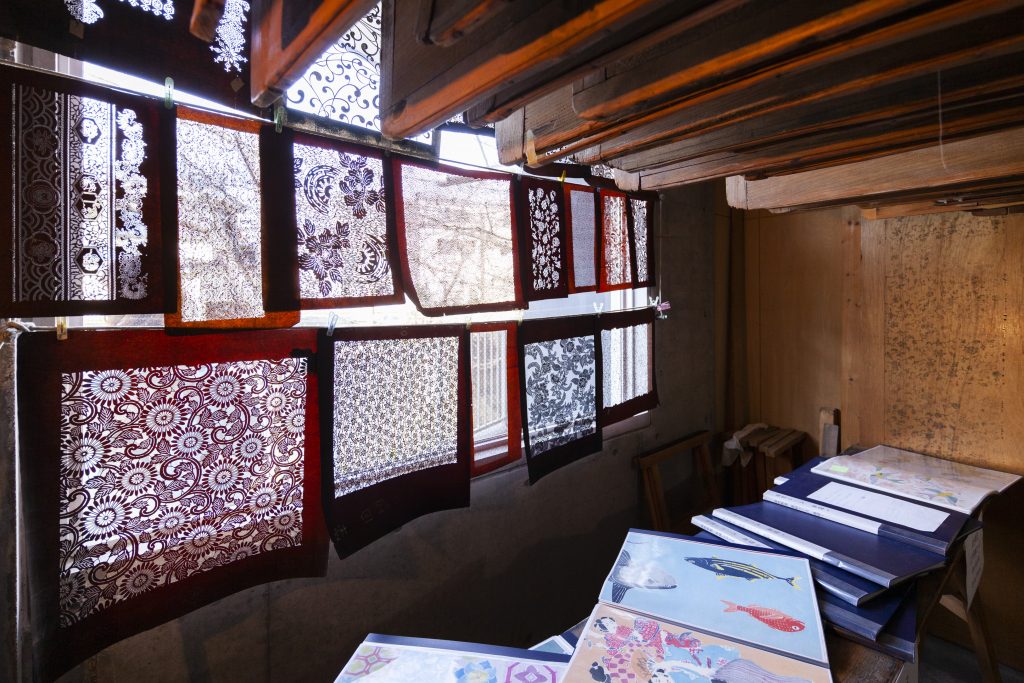
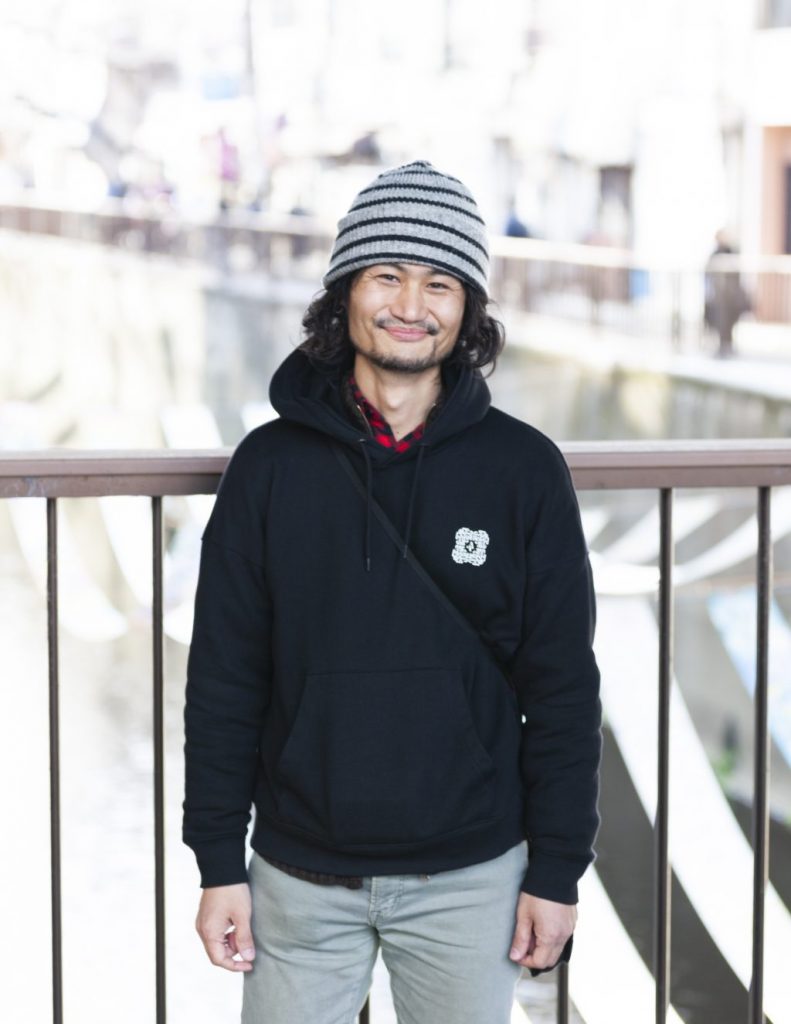
Original text: Yasuna Asano
Photo: Shu Nakagawa
INFORMATION
Some no Komichi 2019 —Annual fabric dyeing festival
| Date | February 22 (Fri) – 24 (Sun), 2019 |
|---|---|
| Location | Streets near Nakai Stations on the Seibu Shinjuku and Toei Oedo Lines |
| Host | Some no Komichi Executive Committee |
| URL | http://www.somenokomichi.com |


